T4K3.news
Researchers identify cause of devastating sea star die-off
Vibrio pectenicida confirmed as the culprit behind widespread sea star wasting disease.
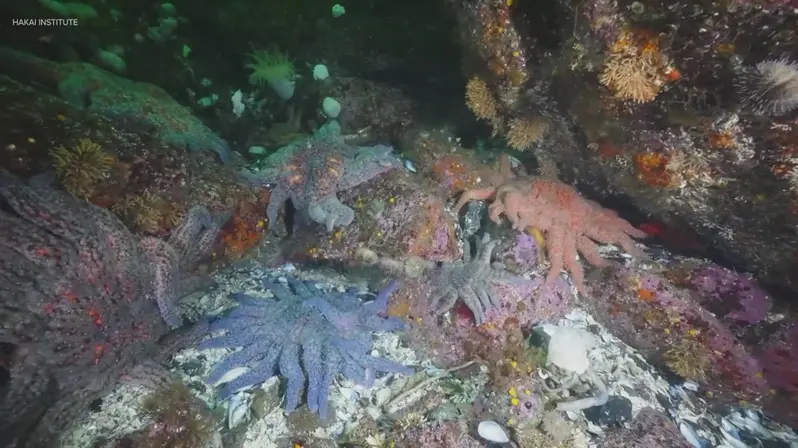
Researchers identify Vibrio pectenicida as the cause of sea star wasting disease, threatening marine ecosystems along the West Coast.
Massive sea star die-off linked to Vibrio pectenicida
Scientists have identified the bacterium Vibrio pectenicida, known as "V-peck," as the cause of sea star wasting disease. This discovery comes after more than ten years of research, during which over 5 billion sea stars have died along the West Coast. The disease, which causes sea stars to twist and lose limbs, appears to spread through direct contact or contaminated water. Once infected, sea stars almost always succumb to the illness. Alyssa Gehman from the Hakai Institute emphasizes the importance of this finding, stating it enables researchers to explore treatment options and containment strategies.
Key Takeaways
"There was a disease outbreak that hit sea stars and caused them to sort of start twisting."
This quote by Alyssa Gehman illustrates the severity and abnormality of the disease's impact.
"Now that we know what the pathogen is, we can start to help them find individuals that are resistant to this disease."
Gehman's statement highlights the potential for recovery efforts moving forward.
The identification of Vibrio pectenicida represents a significant turning point in marine conservation efforts. With the scope of the sea star die-off and its impact on marine ecosystems, understanding the pathogen shifts the focus towards recovery. As sunflower sea stars are vital predators, their decline has led to an explosion in sea urchin populations, harming kelp forests that support diverse marine life. The urgency now lies in developing methods for raising resistant sea stars, which scientists believe could help restore ecosystem balance.
Highlights
- Science can now focus on recovery after the discovery of V-peck.
- Identifying the pathogen is crucial for restoring marine balance.
- The loss of predators triggered a catastrophic ripple effect.
- Finding resistant sea stars could help save the species.
Environmental impact of sea star decline raises concerns
The massive die-off of sea stars threatens marine biodiversity and disrupts ecosystem balance. This situation has potential backlash from environmental groups due to its implications for marine life.
The next steps in sea star recovery will be crucial for marine biodiversity.
Enjoyed this? Let your friends know!
Related News
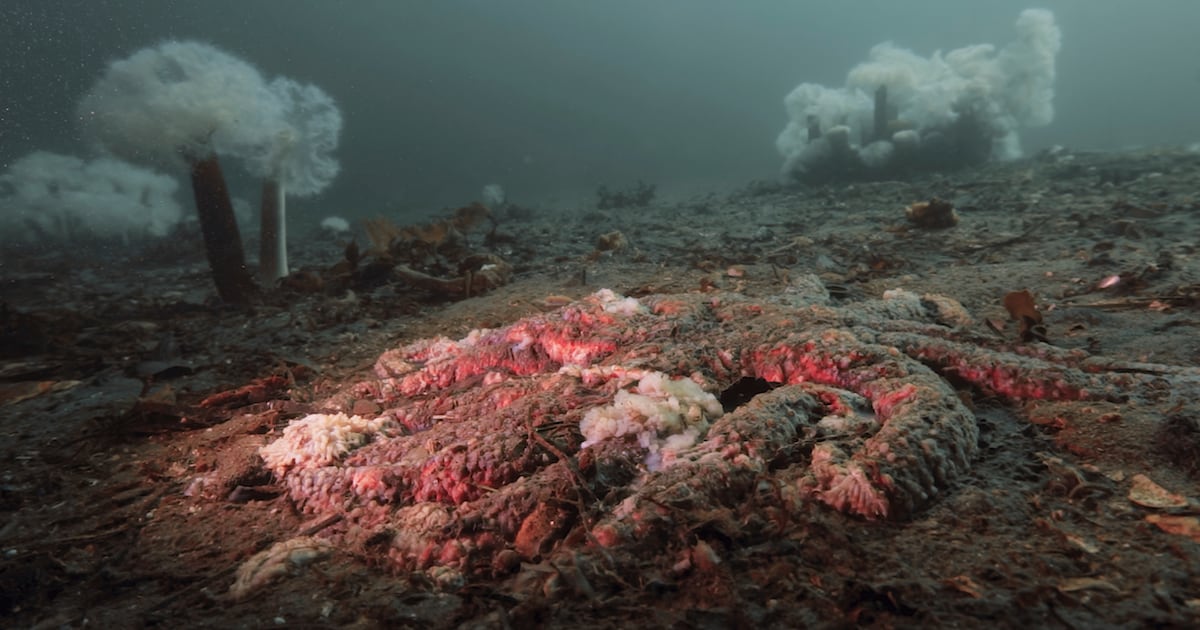
New insights into sea star die-off reveal bacterial culprit
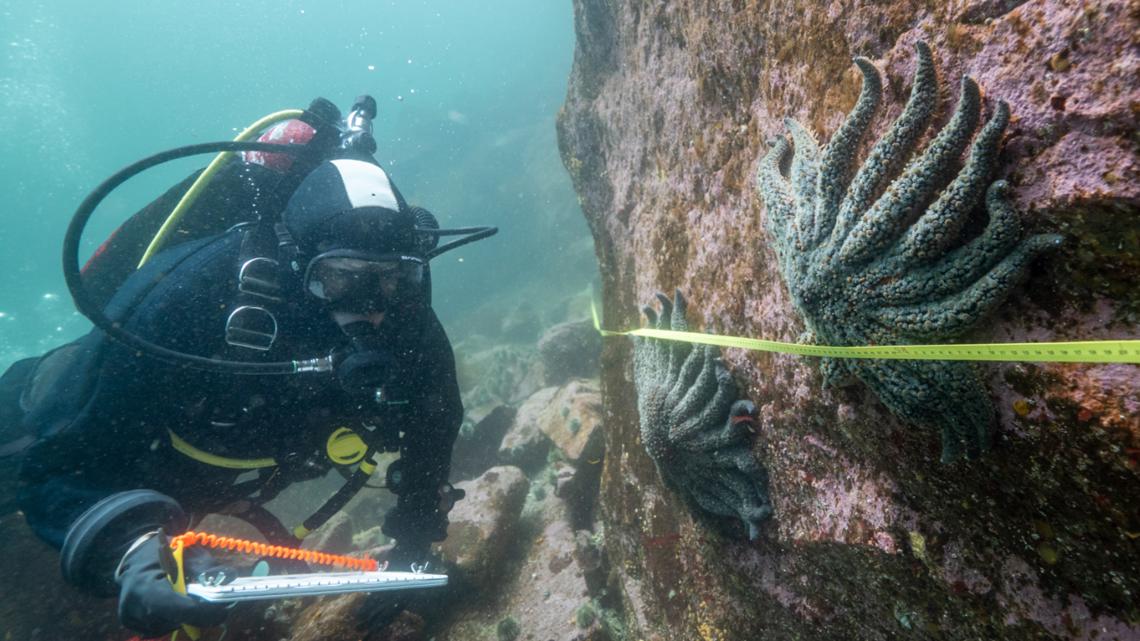
Scientists reveal cause of sea star die-off
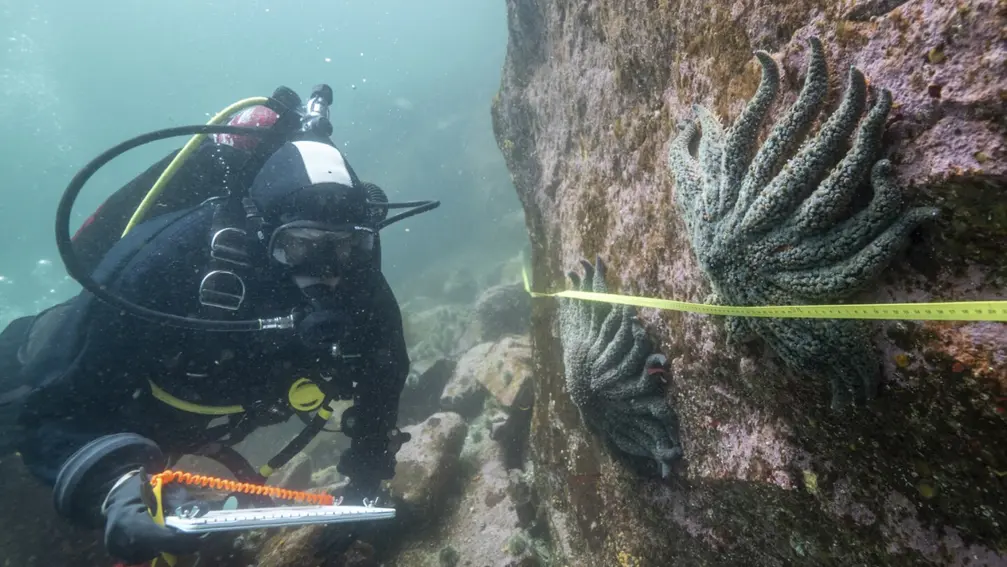
Scientists find cause of sea star epidemic
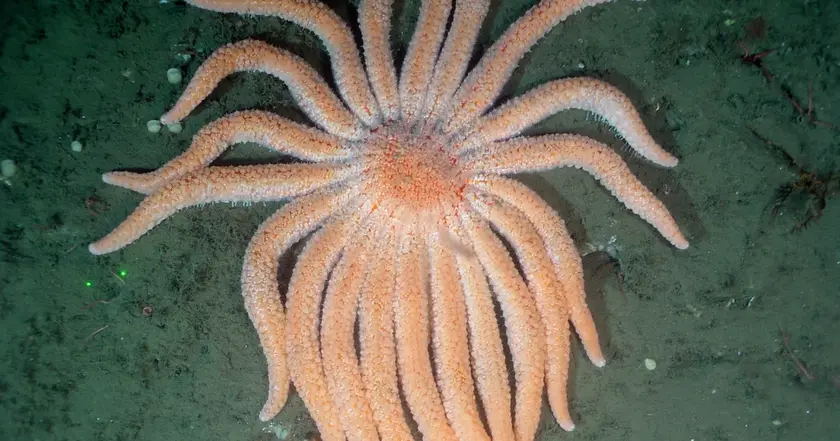
Researchers find bacteria behind sea star die-off
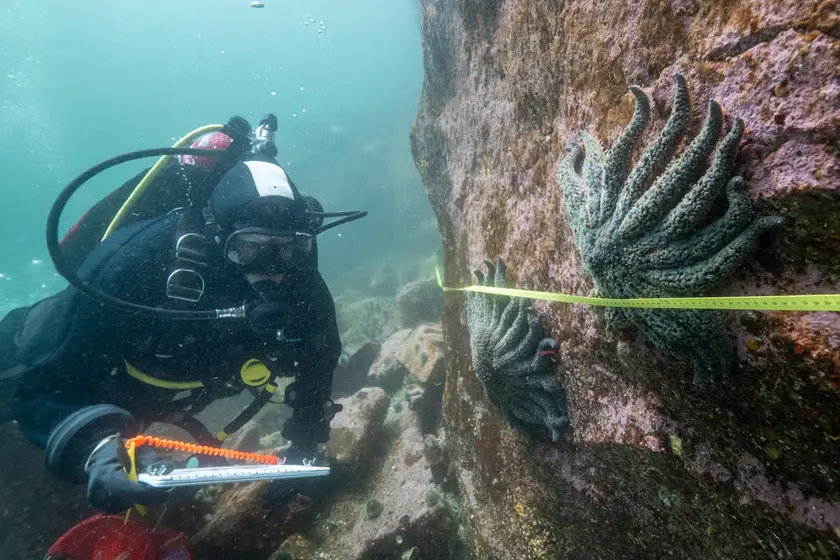
Breakthrough in sea star mortality mystery

Breakthrough research identifies cause of sea star wasting disease
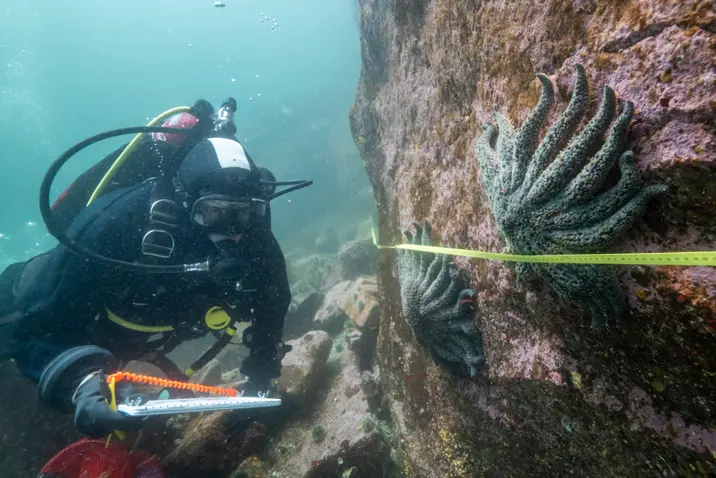
Scientists identify cause of starfish mass die-off
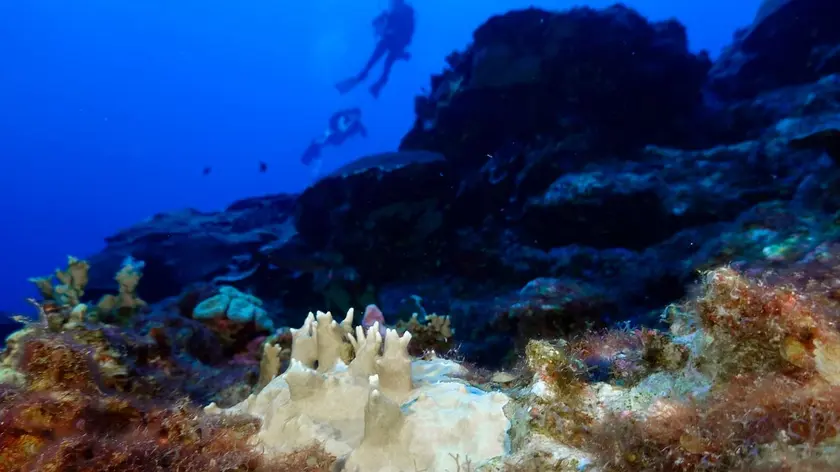
Marine heatwaves indicate critical ocean changes
